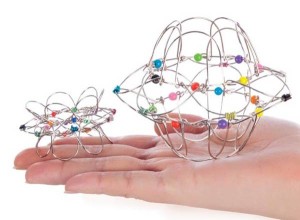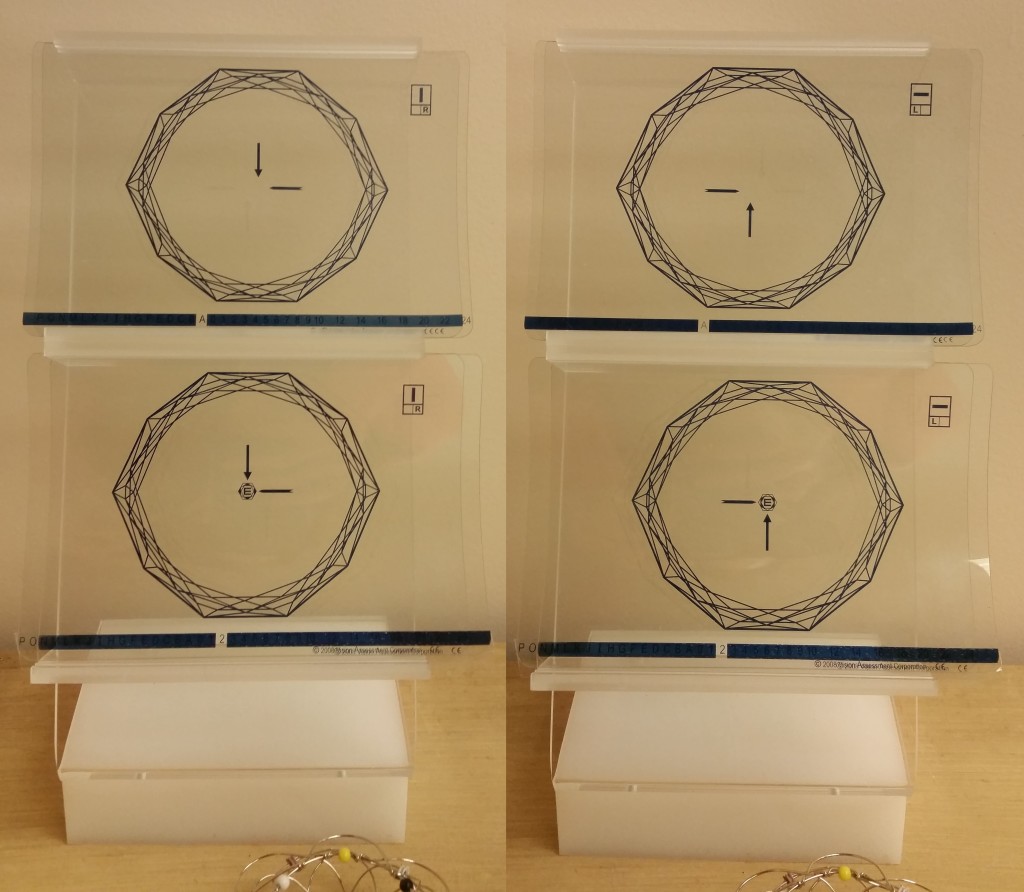Patients who are binocularly impaired have difficulty combining the two sets of visual data, from the left eye-channel and from the right eye-channel, into a single visual perception.
Some of these patients have been diagnosed with strabismus, or perhaps amblyopia. They may have been told they have a “lazy eye” or “wandering eye,” or an “eye turn.”
As our recent blog piece, “No Brain, No Gain-part 2,” discussed,
all people who move in a 3-dimensional world have access to spatial information.
Vision therapy can help people synchronize the world at their fingertips with the world that they see.
The journal of the College of Optometrists and Vision Development, Vision Development and Rehabilitation, published Dr. Slotnick’s article, “Tactile-Visual Integration and Stereopsis,” in their December 2015 issue. The article provides a concept and a technique to help binocularly-impaired people learn to see in depth. At the heart of the article is a quote by Dr. Lawrence MacDonald, which sums up the process:
Eyes don’t tell people what they see…
People tell eyes what to look for!-Lawrence MacDonald
For this media-rich article, and more, visit this excellent, free online journal.
“Tactile-Visual Integration and Stereopsis” includes 3-D photos and a video. A printable format (.pdf) is available for download here.




Leave a Reply